New-York Historical Society brings Frederick Douglass’ vision of a free America to life
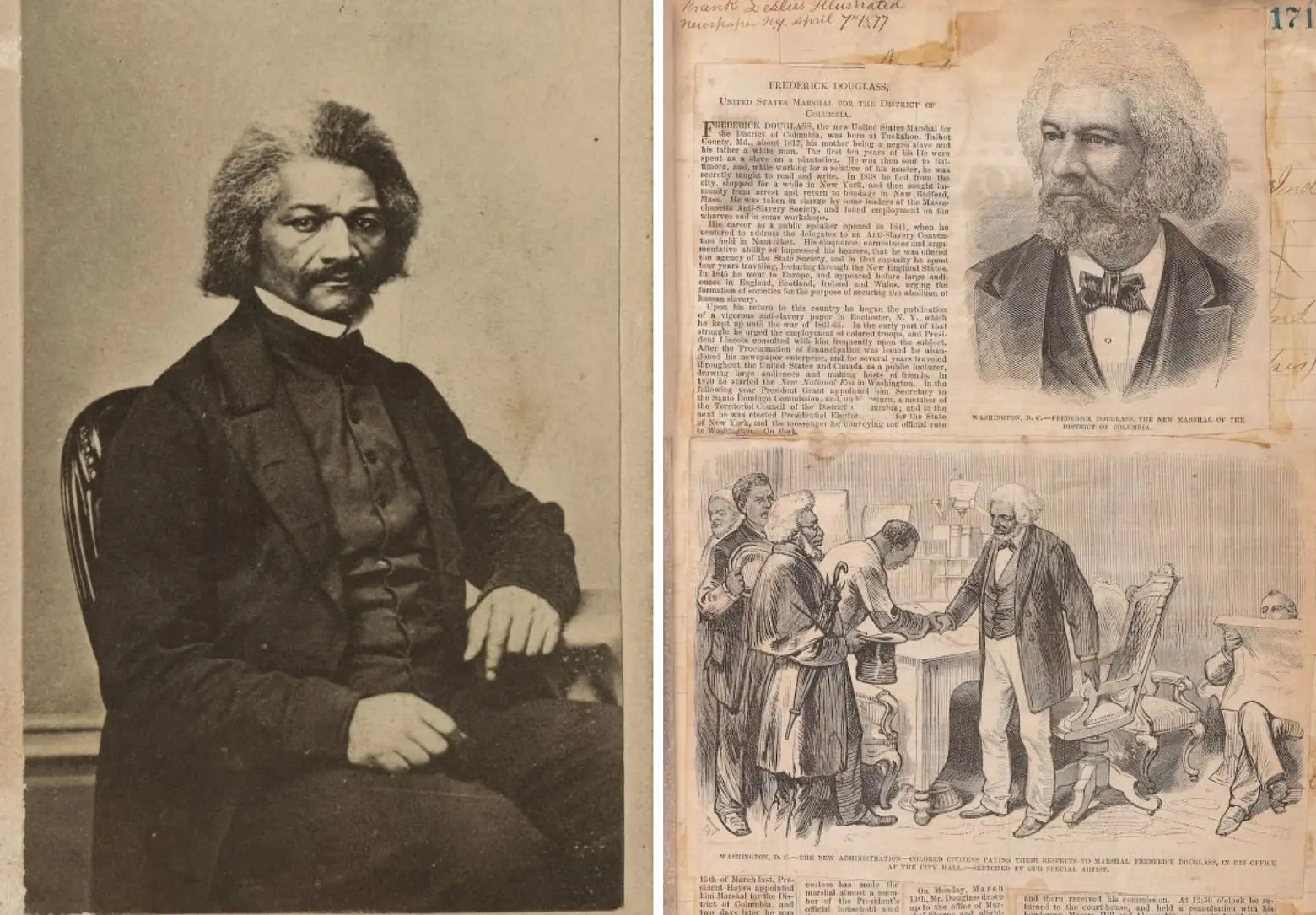
Left: Carte-de-visite of Frederick Douglass, late 19th century. Patricia D. Klingenstein Library, New-York Historical Society. Right: Douglass scrapbook, Beinecke Library, New-York Historical Society
The work of one of America’s most influential advocates for liberty and equality will be on view in New York City this Black History Month. On February 11, the New-York Historical Society will open Our Composite Nation: Frederick Douglass’ America, a special installation that honors the legacy of one of America’s most prolific freedom fighters. Named after one of Frederick Douglass’ most iconic speeches written at the end of the Civil War, the installation aims to paint a picture of Douglass’ optimistic vision of a new America during the era of Reconstruction.
Based on research from David W. Blight’s book, Frederick Douglass: Prophet of Freedom, the display frames Douglass’ vision of a nation rising from the ashes through a variety of important artifacts and documents, including newspaper illustrations and articles compiled by his sons that exemplify Douglass’ life-long goal of making America more fair and inclusive.
Segments from a speech by Frances Ellen Watkins Harper illustrate the importance of gender equality in Douglass’ view of this new America, while cartoons and article snippets from the Chinese American newspaper show his support for immigration.
As Reconstruction began in America, Frederick Douglass traveled the country giving his “Composite Nation” speech, describing an America that extended its freedoms to all individuals, regardless of their race, gender, faith, or national origin. Douglass journeyed the fragmented nation advocating for absolute equality, during which he was refused service at a hotel in Iowa. This experience furthered his view that equity had to be implemented at a systemic level, from routine encounters like checking into a hotel to public policies.
“At the time of his speech, Frederick Douglass optimistically envisaged a multiethnic, multiracial, multireligious America—a nation that would, as New-York Historical Trustee David Blight puts it, spread liberty more broadly than any civilization had ever attempted,” Dr. Louise Mirrer, president and CEO of New-York Historical Society, said.
“Alas we know now how, all too soon, Douglass’ optimism would be extinguished, his vision undermined by Jim Crow and other racist and anti-immigrant policies such as the Chinese Exclusion Act. Still, while Douglass’ vision remains to be fully realized, we have made progress as a nation. We hope that the story told by this exhibition will remind visitors of the hopes and dreams of one of our greatest Americans and inspire them to fulfill the ideals he championed in his words as well as his deeds.”
Displayed in the ongoing installation are statues of Douglass, one on loan to New-York Historical Society after being given to the late Congress Member John Lewis. A life-like statue that welcomes museum visitors at the 77th Street entrance will be on display as well.
RELATED:
Interested in similar content?
Leave a reply
Your email address will not be published.
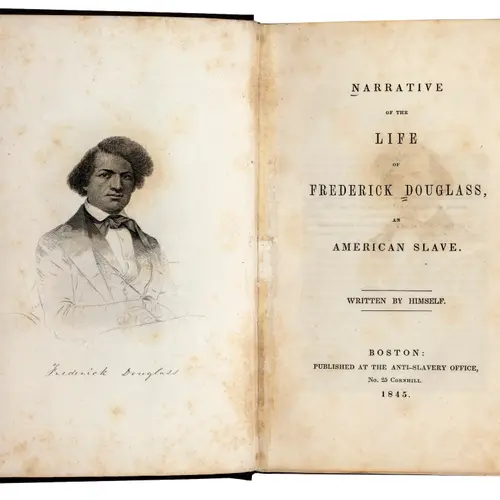
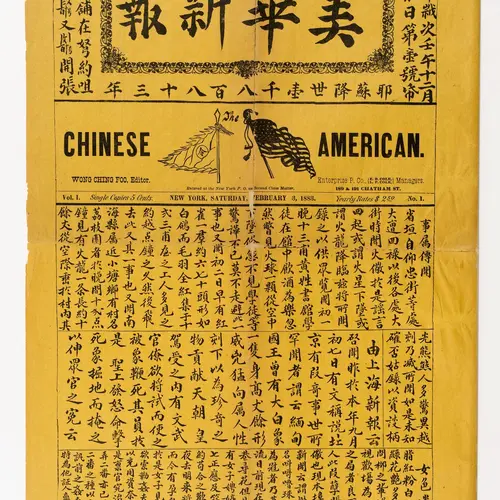
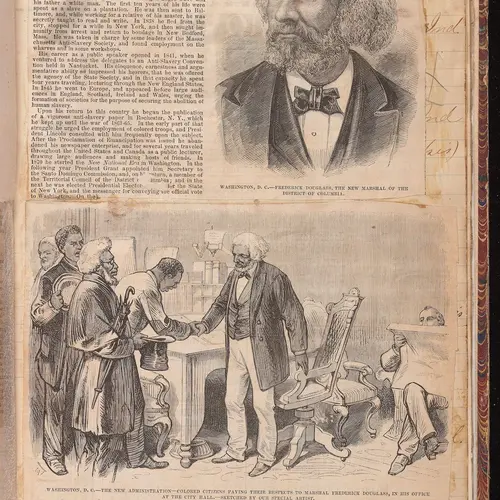
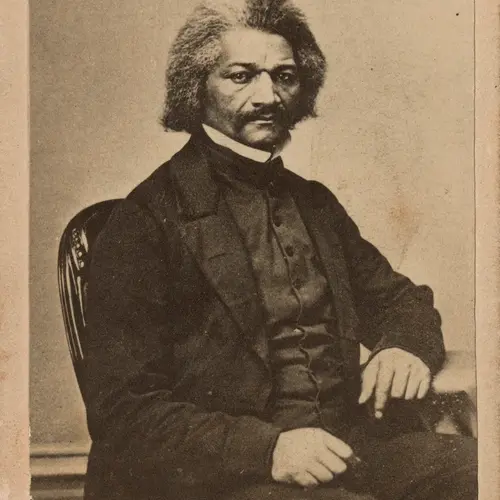













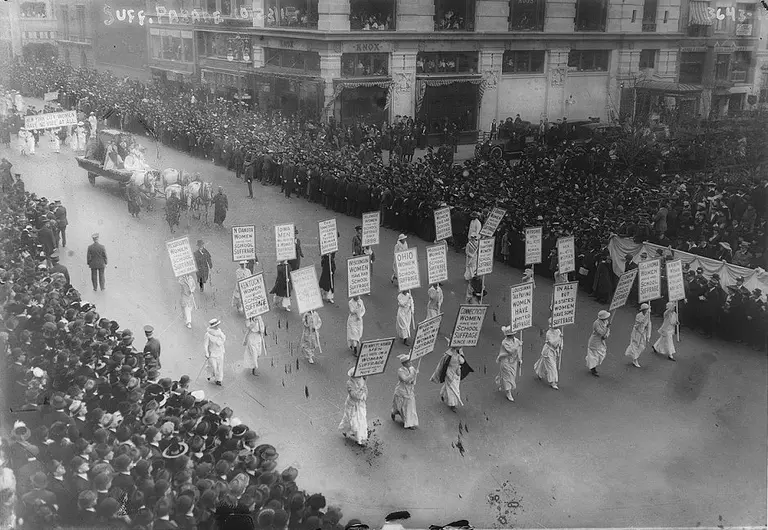















Bad Bunny has announced his touring plans for the upcoming year in support of his latest release, the 22-song “Nadie Sabe Lo Que Va a Pasar Mañana.